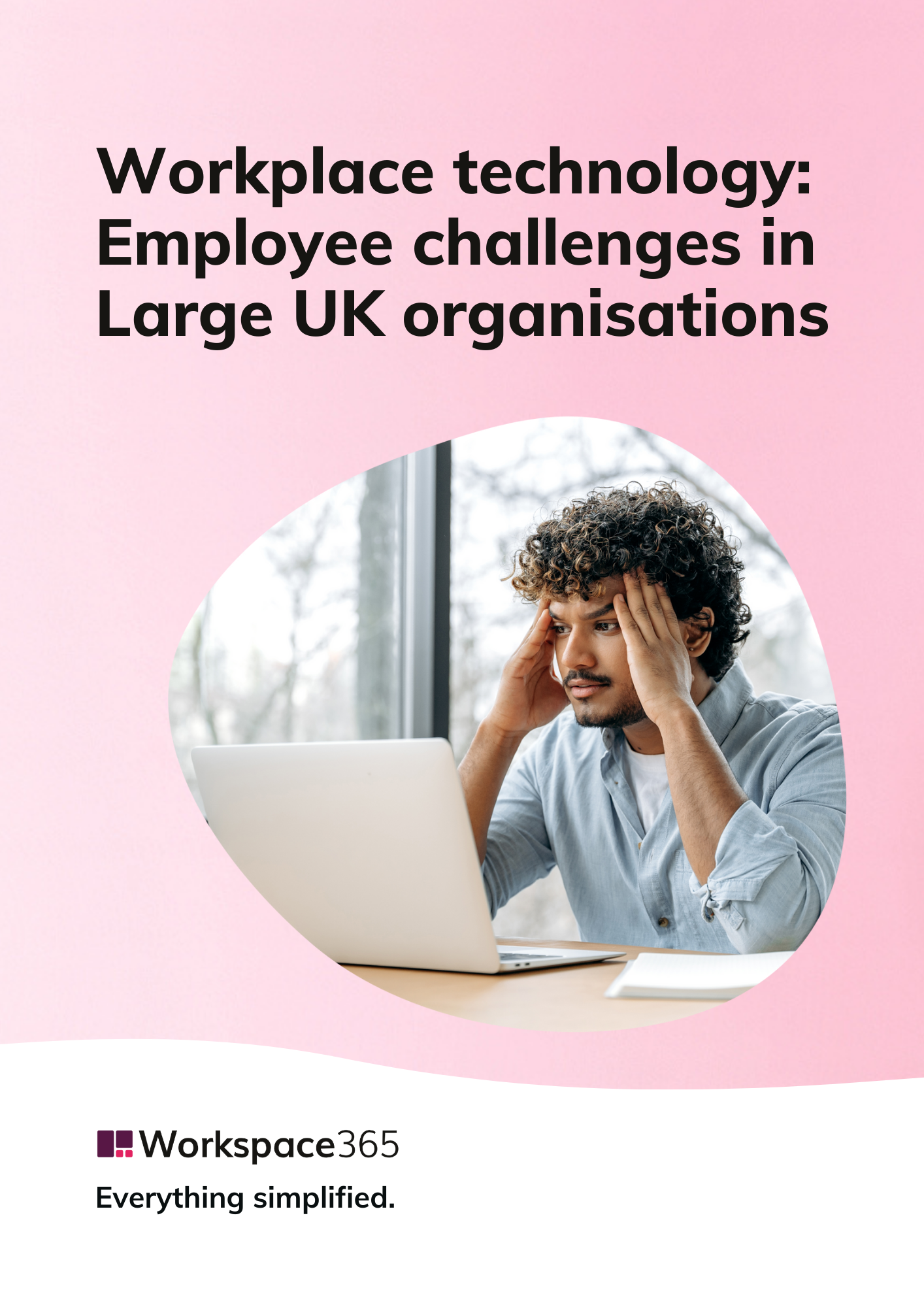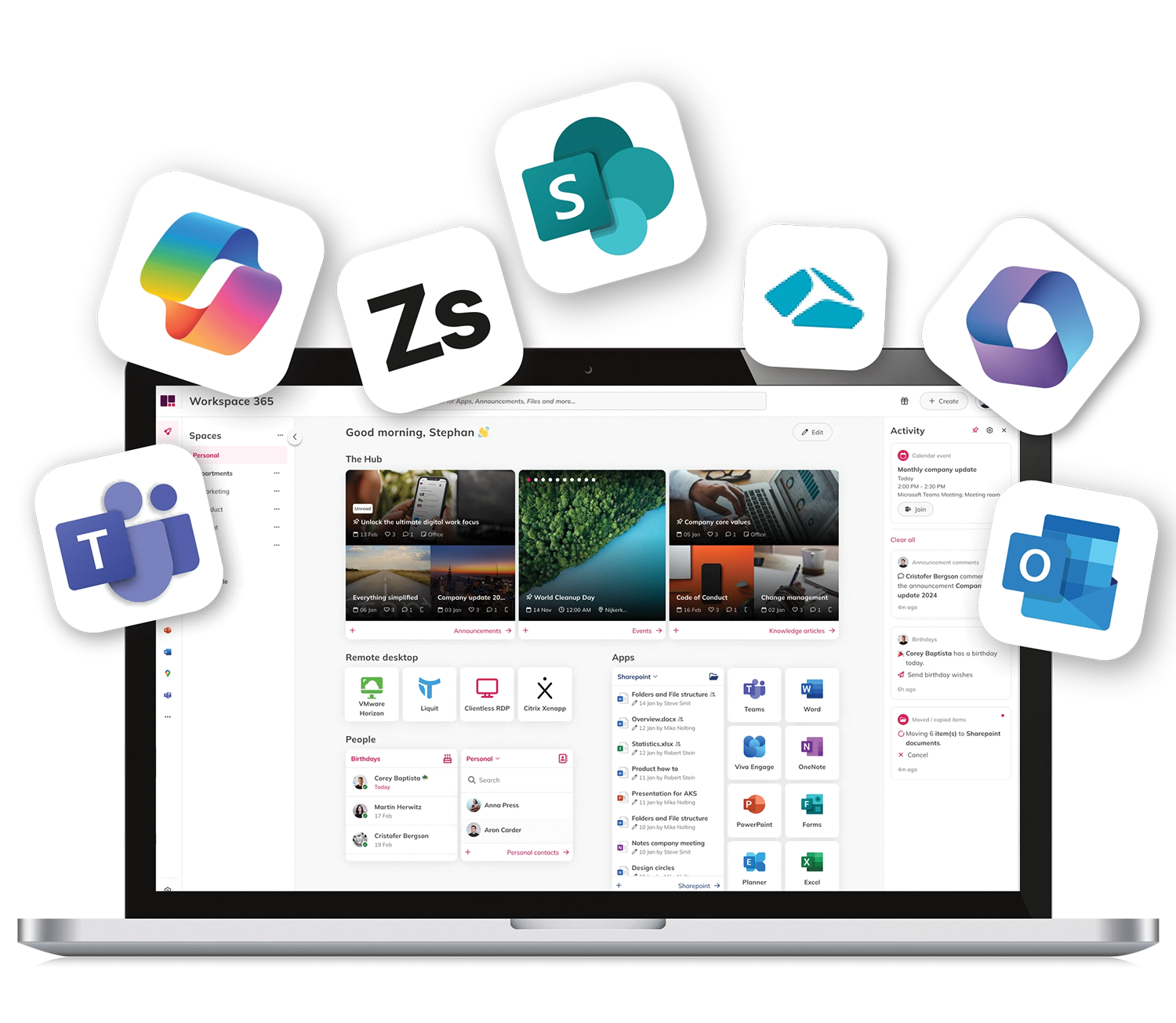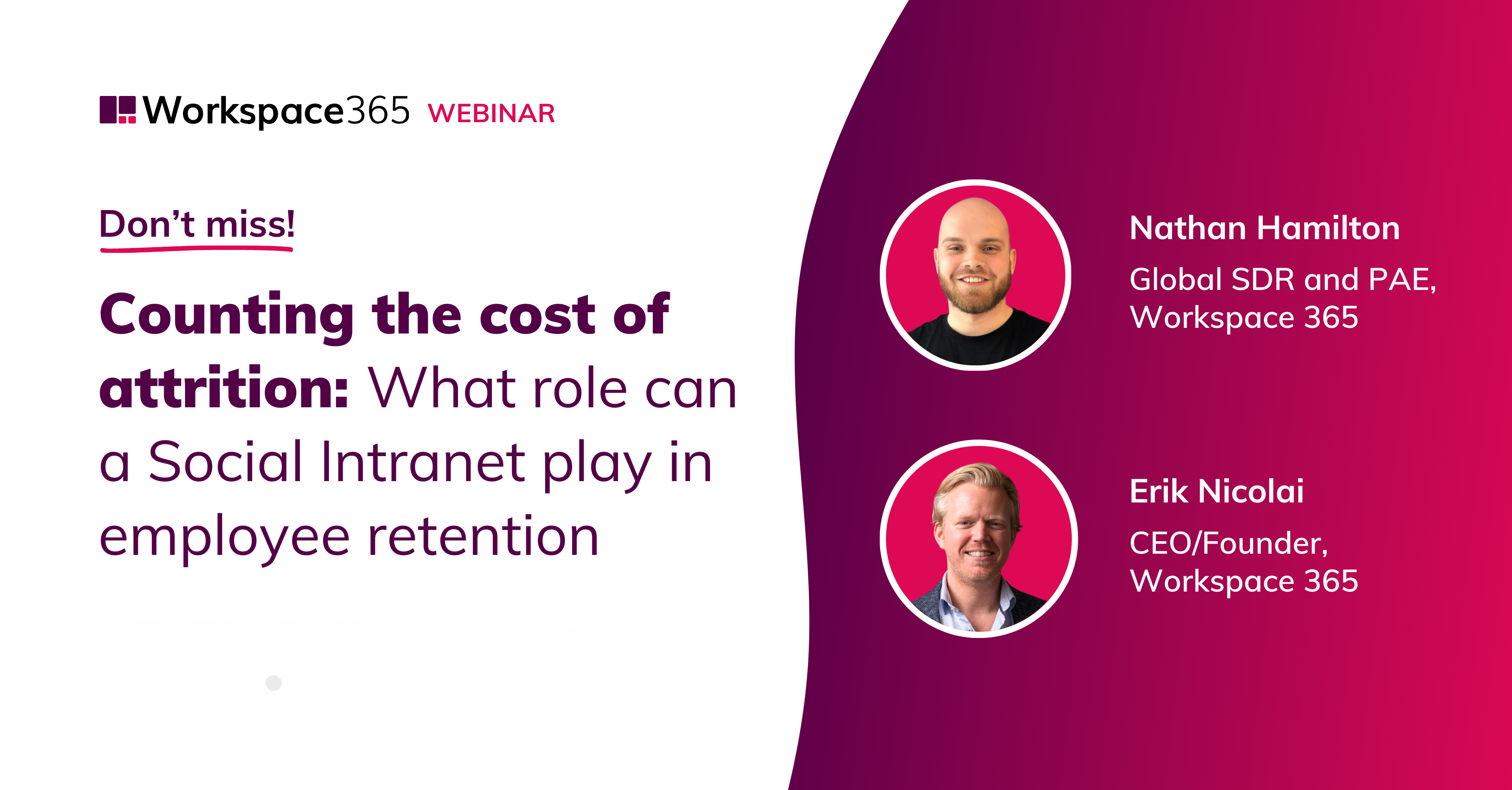A bad system will beat a good employee every time. For many employees, the technology at their workplace feels fragmented with tools scattered across multiple platforms - some outdated or poorly matched, others so complex they might as well require an IT degree just to log in.
Now, imagine how much time and energy employees waste just trying to get started. They’re frustrated, they fall behind, and some leave to find a better way of getting good work done.
That’s what a poor Digital Employee Experience feels like.
Defining Digital Employee Experience (DEX) and its impact
We’re often asked, “What exactly is DEX?”
Put simply, DEX is how your employees interact with workplace technology - day in, day out. But it’s more than just software and systems. DEX takes a holistic, strategic view of every digital touchpoint an employee has throughout their time at your organisation.
It’s about seeing technology through the eyes of the employee. Questions to ask include: Are the tools intuitive? Do they support productivity? Are they helping or hindering the workday?
As David Barry highlights in Reworked (2025), poor digital experiences are far more than a minor inconvenience; they're a significant source of employee dissatisfaction. This tallies with our extensive research into digital workplace trends, where 59% of respondents said their organisation should prioritise simplifying the digital workplace to improve output, a figure that rose to 65% among employees in large organisations with more than 5,000 staff.
And there’s another layer to the problem: happiness and productivity are deeply connected.
“Research consistently shows a direct correlation between employee happiness and productivity. A study by the University of Oxford revealed that happy workers are 13% more productive than their unhappy counterparts. Happiness boosts motivation, creativity, and problem-solving abilities, which translates into better performance and outcomes.” - Work.Life, Why Workplace Happiness Should Be a Top Priority for Leaders in 2024
Workplace technology: Employee challenges in Large UK organisations
Work should be simple. That’s why we explored the Digital Employee Experience (DEX), surveying 1,000+ employees from UK organisations.

The true cost of fragmented technology
At Workspace 365, we set out to quantify the true cost of friction in the digital experience. In our 2025 survey of over 1,000 employees from UK organisations with 250 or more staff, the message was clear: fragmented and disconnected technology is taking a serious toll on productivity. Employees reported losing valuable time navigating inefficient digital tools, with much of their day spent switching between applications and systems that don’t work well together. For example, more than half (56%) of healthcare employees told us they desire a centralised location for accessing tools, applications, and documents without the need to switch systems.
The need for smarter digital workflows
When systems don’t talk to each other, apps don’t work seamlessly, and employees have to jump through hoops to access what they need, productivity drops and morale follows. This noticeable drop in workplace efficiency is driven not by lack of effort, but by the tools meant to support them.
So just how deep does the problem go?
Our survey found that more than two-fifths (44%) of all professionals, and an even higher number in healthcare (55%), say they’d be more productive if they had fewer logins and systems to manage each day. Imagine the impact of consolidating their tools into one seamless experience.
And the demand for smarter digital workflows doesn’t stop there...
One-third (33%) of employees want to receive relevant information and notifications automatically in one place, no more jumping between tabs and platforms. In the legal profession, that desire is even more urgent, with 50% of legal professionals ranking it as their top priority. In law, where time is literally money and every minute is billed, wrestling with tech isn’t just frustrating, it’s financially damaging.
So what's the next step?
An overwhelming 43% of professionals say IT investment should go toward keeping systems up to date with emerging technologies like AI and automation: tools that don’t just streamline work, but transform it. These innovations offer the potential to reduce manual processes, cut down on wasted time, and unlock a more productive, frictionless workday.
Yet here's the disconnect: while 90% of leadership-level executives agree that a high-quality DEX positively impacts employee retention, less than half of organisations are actively investing in the very technologies that would improve it.
The result? Employees aren’t just unproductive, they’re disengaged and increasingly eyeing the door.
Our research shows that 24% of employees would consider leaving their job due to overly complex internal IT systems. Another 35% say they might. That’s nearly 6 in 10 employees at risk, not because they dislike the work, but because the tools meant to help them are making work more difficult.
The question is: What would your team achieve if they weren’t fighting their tech?
3 ways to improve DEX
-
To create a great DEX, start by really understanding your employees' needs. Research how they use technology, what frustrates them, and what helps them get things done. From there, make sure your tools are intuitive and tailored to their unique needs.
-
Focus on flexibility. Give employees the freedom to personalise their tech and workflows, making them feel more empowered. And don’t forget, everything should be easy to find! Simplifying access to the right apps and content is key to reducing frustration and boosting productivity.
-
Keep evolving. Technology moves fast, and so do employee expectations. Stay agile and make regular updates based on feedback.
The future of work demands simplicity, security and speed
Whether teams are on-site, remote, or hybrid, employees need seamless, secure access to the tools, information, and systems that power their work. Organisations are increasingly turning to cloud-based digital workplaces to streamline communication, simplify workflows, and strengthen cybersecurity.
Imagine a workplace where employees don't waste time searching for information, juggling disconnected apps, or waiting for critical updates. With a unified, easy-to-navigate digital workspace, teams can instantly retrieve the resources they need, collaborate effortlessly across locations, and stay focused on what really matters: delivering great work, faster, from anywhere.







